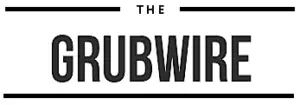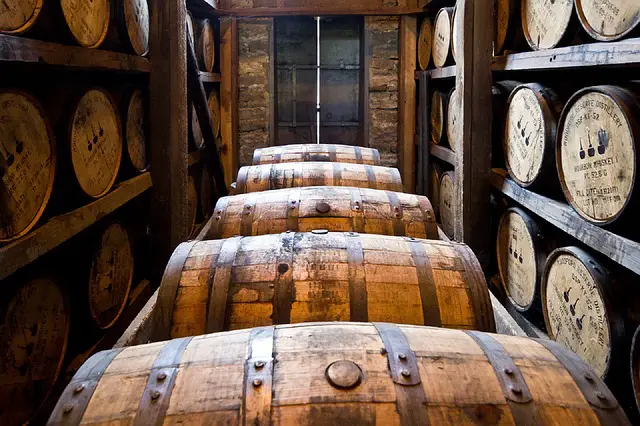Depending on where you live, the answer to the question may be common knowledge. For most people in the world, the answer probably isn’t at the tip of your tongue.
The main determiner between Bourbon, Scotch and Whisky is geography. Other determiners include ingredients and wording. Bourbon is generally made in Kentucky (in the United States) Scotch is whisky that is made in Scotland. Scotch (whisky) is made mostly from barley, and bourbon comes from corn.
Where did Bourbon Originate?
Bourbon derives its name originally from the Bouron Dynasty (French) That said, there are contenders that may differ on the precise inspiration for the name. There are two areas in the country that can try to claim the name; Bourbon County in Kentucky and Bourbon Street in New Orleans.
Both of these locations can draw their roots and name inspiration to the French Bourbon Dynasty.
Today, 95% of all bourbon is produced in Kentucky. As of 2018, Kentucky had more than 8.1 million barrels of bourbon aging. This equates to about two barrels of bourbon for every person in the state of Kentucky.
I think it is safe to call Kentucky the official geography of bourbon.
When did Bourbon Start?
It is thought that Bourbon was distilled starting in the 18th century. It is thought that people began using the term bourbon instead of whisky starting in the 1820’s. That said, many believe wide acceptance of the term began in the 1870’s in Kentucky.
How Big is the Bourbon Market?
It is thought that the Bourbon market in the United States is around $3 billion. It is also thought that about $2 billion of distilled spirits are exported outside the United States, and bourbon makes up about two-thirds of those exports.
What is the Bourbon Trail and what are popular brands?
If you are looking to explore the world of bourbon, the Kentucky Bourbon Trail is the name of the tourism program organized by the Kentucky Distiller’s Association.
The major distilleries in Kentucky include Four Roses, Heaven Hill Distillery, Jim Beam, Maker’s Mark, Town Branch, Wild Turkey, and Woodford Reserve.
Who decides what can be called Bourbon?
The Federal Stands of Identity is a group that sets the standards for distilled spirits in the United States.
For Bourbons made for consumption in the states, the distilled drink must be:
- Made from a mixture that is made from grain and is great than or equal to 51% corn
- Produced in the United States
- Distilled at no more than 160 proof (80% alcohol by volume)
- Aged in a new, charred oak container (your bourbon barrels)
- Begin aging in the container at no more than 125 proof (62.5% alcohol by volume)
- Bottled at 80 proof or more (40% alcohol by volume) This is the same as other whisky.
How Long is Bourbon Aged?
Bourbon doesn’t have a minimum aging, but generally bourbon is aged for at least three months.
Straight bourbon has a minimum of two years for aging and is not allowed to contain flavors or colors.
If a bourbon is labeled as straight bourbon and the age is less than four years, it must be labeled with its age.
In the EU, bourbon aged for less than three years cannot be legally referred to as whisky.
What determines the color of Bourbon?
When bourbon is first distilled, it is a clear liquid spirit.
As the bourbon ages in a barrel, it gains the dark color from the sugars and vanillins in the wood barrel. The longer the bourbon ages, the darker the color becomes.
Distilling Process for making Bourbon
- A mash bill that contains wheat is known as a wheated bourbon
- Grains (At least 51% corn) are ground and mixed with water
- Mash is usually mixed with mash from previous distills to ensure a good consistency
- Yeast is added, and the mash begins to ferment
- At this point, the distilling process begins
- Distilling is the process of separating the components
- Distilling occurs until between 65% and 80% alcohol remains
- Most bourbons today are distilled and then redistilled
- At this time, there is a clear drink called a white dog.
- The white dog is placed in the new oak container and placed away for aging.
- As the bourbon ages, it gains its color from sugars and vanillins in the wood
- After aging, bourbon is taken from the barrel and filtered and diluted with water.
- The result is usually 80 proof bourbon
What are the typical bourbon Proofs
80 Proof Bourbon is the most common. Other common proofs in the US include 86, 90, and 100. A barrel proof (100) usually indicates that the bourbon is straight from the barrel and has not been diluted.
What Now?
Aren’t you getting thirsty? Plan your next trip to Kentucky to learn more. You won’t be disappointed!

